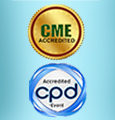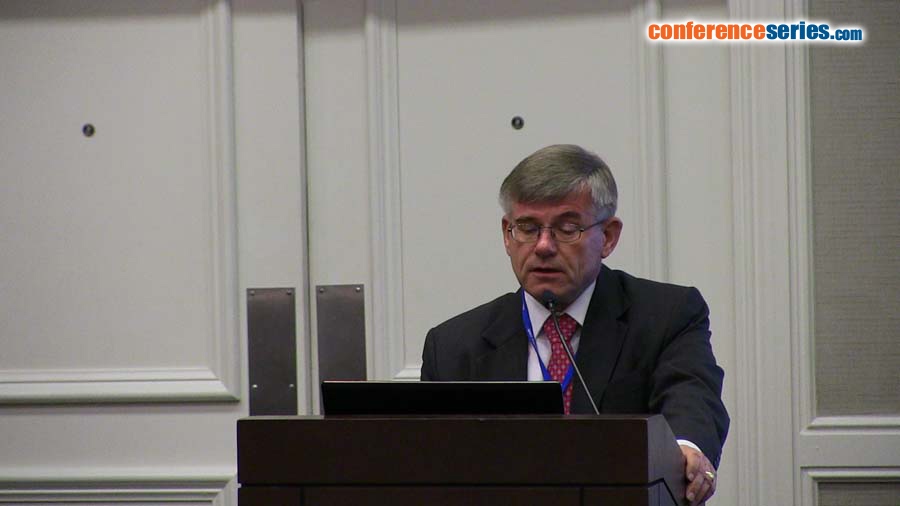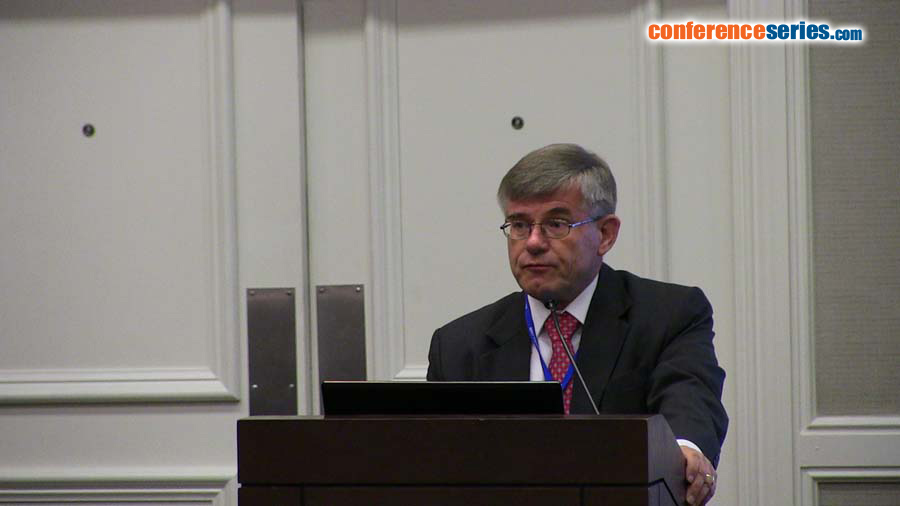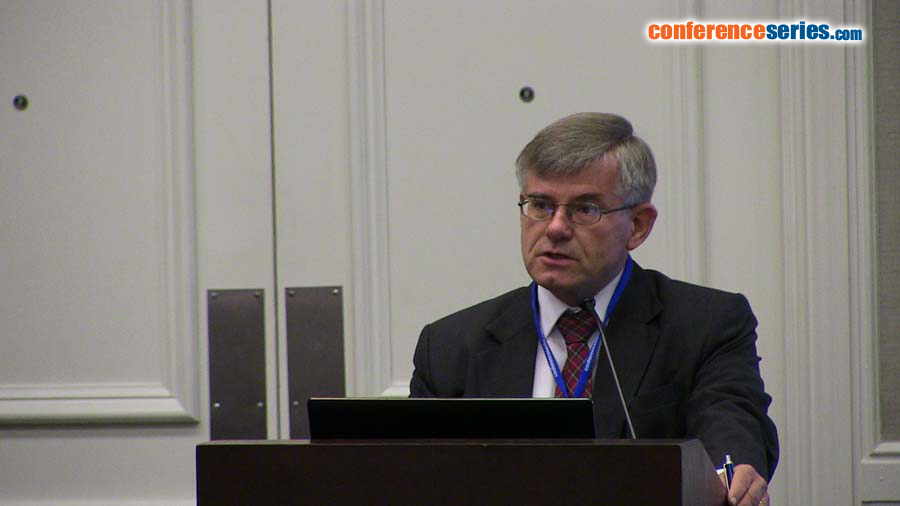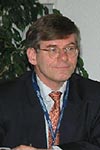
Stef Stienstra
Dutch Armed Forces/Royal Dutch Navy, Netherlands
Title: Investing in public health gives especially in low income countries extremely impressive returns
Biography
Biography: Stef Stienstra
Abstract
The implementation of the International Health Regulation (IHR) of WHO in 2005 for worldwide public health systems is already in its second extension phase. At the 2012 deadline only 16% of the countries were fully prepared to detect and respond to pandemics. In 2014 the Ebola Virus Disease outbreak in West Africa was another indicator that WHO’s IHR has to be taken seriously. Especially the biosecurity part of IHR is not fully in place yet for most developing countries which make the world vulnerable for bioterrorism. The returns from investing in public healthcare are extremely impressive and are not a high risk venture as with a rapid mortality decline many ‘value life years’ (VLYs) are gained. For low and middle income countries typically about a quarter of the growths full income resulted from VLYs gained and supports not only the local economy but also the world economy. Therefore several international programs help to prepare low and middle income countries to mitigate outbreaks of infectious diseases. EU CBRN CoE initiatives and the US CBEP, DTRA, CTR, GEIS, DIMO, USAID, PEPFAR and several other programs are involved in establishing public health systems and give local healthcare workers trainings in both disease outbreak mitigation and biosecurity. Zoonotic diseases are the most dangerous for outbreaks as the population does not have natural nor artificial (from vaccination) immune response to new emerging diseases. The recent Ebola Virus Disease outbreak in West Africa was such an example and with proper blood bank facilities in place, the therapy with immunoglobulins obtained from plasma donations survivors was a relatively cheap and effective therapy. International there was some criticism, as for this therapy it is extremely important that the convalescent plasma has to be safe for other blood transmissible diseases but as with other convalescent plasma therapies is feasible, the necessary safety tests can be done also in the laboratories which are installed for the outbreak diagnosis. Convalescent plasma can be obtained from a donor who has survived the disease with a novel hollow fiber blood separation technology of Hemanua and immunoglobulin concentration, which does not need have any sophisticated infrastructure. This patented and recently developed disposable device is developed in cooperation with the Irish Blood Transfusion Service.
